Embracing the comfortable and health-conscious path at work is not merely an indulgence; it's a proven strategic decision with myriad benefits. More and more companies worldwide are beginning to understand the value of ergonomically designed work spaces as an instrumental component in achieving greater employee wellness and optimal productivity. But what exactly does ergonomics mean and why is it taking the corporate world by storm?
Ergonomics, essentially, is the study of people in their working environment with a core aim to limit discomfort and risk of injury due to repetitive movements or poor postures. It's a multifaceted field focusing on creating and refining workstations, tools, and work procedures to match the employee's physical capabilities and needs. It's about designing the job role to fit the worker, rather than forcing the worker to fit the job, thereby curbing the prevalence of work-related musculoskeletal disorders and facilitating better efficiency.
In the sections ahead, we'll delve deeper into the global market analysis of ergonomic products, explore how emerging technologies play a role in the field of ergonomics, and dive into the risks and consequences of poor ergonomics. We'll also enlighten you about National Ergonomics Month and underline the importance of ergonomics in the evolving work environment.
Stay with us as we embark on this journey to understand how these transformative, science-backed practices can boost organizational efficiency and ensure a high-quality work life. So, whether you're a top executive, office manager, or a workstation aficionado, you're bound to find value as you navigate your way through this comprehensive guide.
Global Market Analysis of Ergonomic Products
The rapidly evolving landscape of the workspace has catapulted the importance of ergonomic products into the limelight. In this section, we delve deeper into the global market trends and anticipated growth of these essential elements of modern workspaces. As per statistics, the global ergonomic products market, valuing at approximately USD 14.5 billion in 2023, is predicted to soar to a staggering USD 22.3 billion by 2032. A considerable surge indeed, representing an estimated compound annual growth rate (CAGR) of close to 5.5%.
The increased focus on employee comfort, wellbeing, and productivity is key in driving the burgeoning demand for ergonomic products. Employers are now observably proactive in reinforcing optimal working conditions - all in an attempt to maintain a rewarding work environment.
Unpacking the significance of ergonomic products, we find that:
- They help in reducing work-related injuries, thus decreasing absenteeism.
- They can influence employee productivity positively by reducing physical stress and strain.
- They contribute to lowering healthcare and insurance costs, providing a significant financial boon for businesses.
Despite the steady growth forecasted, there are a few potential speed bumps on the road. The high cost of ergonomic products may discourage small and medium enterprises from investing. Furthermore, a lack of awareness about the benefits of ergonomic products in some parts of the world might impede market expansion globally.
However, it is essential to keep the bigger picture in mind. The growth rate may fluctuate yearly, but the trend indicates a substantial, year-over-year increase in the demand for ergonomic products. The robust alignment of ergonomic considerations with business strategies spells a promising future for this market. Consequently, the global market's projected swell from USD 14.5 billion in 2023 to USD 22.3 billion by 2032 at a CAGR of just over 5.5% is a testament to the recognition of the immense value of ergonomic products.
This analysis substantiates the exciting potential for market growth, making the area of ergonomic products an intriguing sphere to monitor in the coming decade. As we stride into the future, the demand for ergonomic products will likely be engrained even more firmly in the fabric of the global workforce. The numbers speak for themselves - the market for ergonomic products is on an undeniable upward trajectory.
Remember, investing in ergonomic products isn't just a passing trend; it's a strategic business decision that will continue to play a pivotal role in shaping businesses worldwide. The stakes are high, but so are the potential rewards. Companies that adopt and invest in ergonomic solutions at the earliest stand to gain the most, proving that when it comes to ergonomics, the early bird truly does get the worm.
Beneficial Impact of Workplace Ergonomics Interventions
Understanding the benefits of workplace ergonomics interventions is becoming more crucial in the corporate domain. By introducing ergonomic designs and considerations into the workspace, companies can significantly reduce health hazards, enhance productivity, and foster well-being among their employees.
Reduced Musculoskeletal Problems
One of the significant advantages of adapting to an ergonomic workstation design is the reduction in musculoskeletal problems. An average decrease of 61% in such problems has been observed through the adoption of ergonomics interventions. What this means is that the likelihood of employees facing an injury in the workplace diminishes substantially.
Axial discomforts such as back pains, muscle strains, and carpal tunnel syndrome are commonly associated with maintaining wrong postures and repetitive actions. Ergonomic designs can aid in rectifying these issues by enabling better posture support, minimizing redundant motion, and providing an overall comfortable working environment.
Thus, ergonomics interventions serve as a proactive approach for businesses, aiming to prevent potential problems rather than dealing with them after they have already occurred.
Increase in Productivity
Ergonomics is not just about employee health and safety. It noticeably contributes to efficiency and productivity. Companies who introduced ergonomic designs in the workspace have reported up to a 15% increase in productivity. Uncomfortable workstations can contribute heavily to fatigue, distraction, and ultimately, loss of efficiency.
In order to reduce fatigue with ergonomic gear, for instance, businesses invest in ergonomically optimized seating, desks, keyboard setups, and a lot more. The fact that employees have fewer health complaints, take fewer sick leaves, and are generally happier also contributes to the observed spike in productivity.
Physical Health Support
Last but not least, ergonomics is highly beneficial for the physical health support it provides to employees. An ergonomically designed workstation aim at improving comfort and providing physical health support, potentially leading to increased employee engagement and satisfaction.
Keeping the employees' physical health in mind, ergonomics involves consideration of factors like seating position, equipment layout, lighting conditions, and chance for regular movement. As such, not only does it help in preventing discomforts and injuries, but it also contributes positively to employees' general health and lifestyle.
In closing, the important role that workplace ergonomics interventions play cannot be underestimated. From reducing physical ailments to boosting productivity and overall well-being, they create a more productive, health-conscious, and employee-centric workplace. Now that's a sign of a smart and mindful organization!
The Role of Emerging Technologies in Ergonomics
There's no denying the transformative impact that emerging technologies have been making on the world of ergonomics. From the widespread adoption of exoskeletons in manual handling to the integration of artificial intelligence (AI) and augmented reality (AR) in ergonomic furniture design, these advancements are revolutionizing the field. Keeping in mind their role in minimizing the risk of injury and enhancing productivity, we dive into the significance of these technologies that are giving ergonomics a 21st-century twist.
Exoskeletons in Manual Handling
Firstly, let's delve into the phenomenon of exoskeletons in manual handling. These wearable devices that mirror the structure of user's body can accomplish tasks effortlessly and can decrease muscle activity by a significant 40%. Staff indulged in physically demanding activities such as lifting or hauling extensive loads can particularly benefit from these advanced tools.
Here's what makes an exoskeletons' role integral in this aspect:
- They are designed to support the body's muscular skeletal system, reducing fatigue and discomfort.
- They can lend a hand in improving posture, thereby mitigating the risks associated with long hours of work.
- Exoskeletons can ramp up productivity without compromising the health of the workers.
Thus, this innovative interface between human and machine is streamlining manual handling like never before.
AI and Augmented Reality in Designing Ergonomic Furniture
Not far behind in the race are AI and Augmented Reality, which have been making quite the splash in the realm of ergonomic furniture design. This amalgamation of computer vision, augmented reality, and artificial intelligence is helping to better examine the dynamics between human bodies and their interactions with furniture.
Let's glance at how these tools elevate the furniture design process:
- AI can analyze human movements and postures to design furniture that complements the user's body shape, size, and working style.
- Augmented reality allows designers to virtually place the furniture into a space, understanding its implications on an individual's ergonomics in real-life scenarios.
- These technologies can quicken the time taken to design, refine, and manufacture ergonomic furniture.
In essence, these tech trends are morphing the landscape of ergonomic furniture design, making it more attuned to individual needs and comfort.
To wrap up, from mechanizing manual labor to personalizing furniture, emerging technologies are steadily shifting the course of ergonomics. They are paving the way for a future where working environments adapt to humans rather than the other way round. And with such advancements, it's not a wild guess that the future of ergonomics is destined to be safer, smarter, and more efficient.
Risks and Consequences of Poor Ergonomics
In today's work environments, the importance of ergonomics cannot be overstated. It plays a crucial role in ensuring the employees' wellbeing and productivity. However, unfortunately, the significance of this integral aspect is often overlooked, resulting in several adverse effects. This section delves into the risks and consequences associated with poor ergonomics, shedding light on the need for appropriate workplace accommodations and practices.
Poor ergonomics can lead to serious complications in the long run, with ergonomic injuries accounting for a staggering 33% of all workplace injury and illness cases in the U.S. This striking statistic brings to light the significant risks that incorrect ergonomics pose to thousands of working individuals every day.
Among the various hazards, the principal concern stems from work-related musculoskeletal disorders (MSDs). These conditions are most often the result of inadequate workplace ergonomics and manifest in the form of chronic pains and aches in the body's musculoskeletal system. The research conducted by the Centers for Disease Control and Prevention (CDC) substantiates the same, listing poor ergonomics among the leading contributors to MSDs.
Here are several potential risks associated with poor ergonomics:
- Musculoskeletal Disorders (MSDs): As previously mentioned, this category includes a wide range of painful conditions affecting the muscles, nerves, ligaments, and tendons. These might develop over time due to continuously maintaining wrong postures or repeated exertion.
- Reduced Employee Productivity: Poor ergonomics can lead to discomfort, fatigue, and pain, which impedes the team's productivity. It can lead to frequent breaks, prolonged leaves, and an overall decrease in performance.
- Increased Employee Turnover: When the working environment isn't physically comfortable, it affects job satisfaction. This dissatisfaction could potentially result in higher employee turnover, increasing costs for the business.
In understanding these consequences, the necessity for proper ergonomics becomes clear. It is not merely about comfort in the workplace, but it could also wield substantial influence over the health, happiness, and productivity of employees. Therefore, efforts to improve ergonomic quality in workplaces can lead to substantial benefits, minimizing costs related to injury compensation, reducing absenteeism, and boosting overall performance.
Advantages of Ergonomic Practices in Organizational Efficiency
3rd Person: The modern business environment continues to evolve at a remarkable pace, compelling organizations to adapt and innovate in various aspects, including workplace ergonomics. Whether you're fitting out an office with comfortable chairs or finding perfect rain gear for construction teams, applying ergonomic principles is proving to be a game-changer.
Ergonomics refers to the study of people's efficiency in their work environment. This fascinating discipline involves designing or arranging workplaces, products, and systems so that they fit the individuals who use them, which in turn reduces health risks and increases productivity. Here, we unpack some notable advantages of bringing ergonomic practices into your organization.
Fewer Reported Injuries
- The safety and health of employees cannot be overstated. A primary benefit of appropriately implemented ergonomics is the reduced number of musculoskeletal disorders among workers. These ailments, including back injuries and carpal tunnel syndrome, can potentially be diminished when the workspace is designed with the user's comfort and functionality in mind.
Lower Absenteeism
- Another distinctive advantage of ergonomics in the workplace is the potential for reduced absenteeism. Comfortable employees are less likely to need time off due to work-related illnesses or injuries. This results in continuous workflow and increased productivity in the organization.
Reduced Healthcare Costs
- A direct relationship exists between workplace ergonomics and health-related costs. With fewer injuries and health issues, companies can significantly lower their health insurance expenditures. This allows organizations to channel these saved resources towards other growth-propelling initiatives.
Attractive for Prospective Workers
- One often-overlooked aspect is the role ergonomics plays in attracting new talent. A job seeker might consider a safe and comfortable working environment as reflective of a company's values towards its employees. Therefore, employing ergonomics can not only retain existing employees but also attract prospective workers.
A Significant ROI of Ergonomic Interventions
- Lastly, let's not underestimate the economic sense ergonomics makes. Evidence from various studies indicates that well-implemented ergonomic programs can deliver significant returns, with an average Return on Investment (ROI) of ergonomic interventions above 200%. This factor alone makes a compelling case for incorporating such practices into one's enterprise.
In essence, implementing ergonomic principles can offer myriad benefits, from fewer reported injuries and lower absenteeism to reduced healthcare costs and a significant ROI– outcomes every organization would embrace. Your company, big or small, stands to gain from incorporating ergonomic practices into its operations. As the adage goes, prevention is better than cure, so why not take a proactive approach and establish better ergonomic practices today!
Evolving Work Environment and Ergonomics
The work environment as we know it has been on a trajectory of change, evolving rapidly, especially in recent times. One key area that has gained considerable attention is the nexus of the evolving workspace and ergonomics. With the growing shift towards hybrid and remote work models, the need for more extensive and continual ergonomic assessments has gained increased urgency.
The musculoskeletal system is often put under strain as a result of poor work ergonomic conditions – an issue becoming increasingly prominent in the modern work setup. Today’s employees are often found working from their kitchen counters, comfy couches or even their beds. Although this indicates a blurring line between personal and professional life, it also underscores the importance of ergonomics in such non-traditional workspaces.
Let's consider a few implications of these new ergonomic risk factors:
- Mismatched work equipment: Traditional office setups have a designed workspace – adjustable chairs, right-sized desks, and monitor stands. In a home setup, workers are usually dealing with make-do arrangements that don't necessarily match their body requirements, leading to discomfort and potential musculoskeletal problems.
- Inadequate lighting: Improper lighting might cause eye strain, negatively impacting productivity. Lighting should be adequate and from a proper source to minimize reflections or shadows during work.
- No boundaries: The blurred lines between work and personal life can cause psychological and physiological stress. Establishing clear boundaries is essential for mental well-being.
Just as the Rain Gear Trends for 2023 are revolutionizing the construction field, evolving work environments call for revolutionizing how we perceive and manage ergonomic risk factors. As the workspace keeps evolving, the principles and practices of ergonomics must also advance to match these changes, ensuring a safe and comfortable experience for one and all.
Thus, an understanding of evolving ergonomics sets the stage for improving workspace dynamics, productivity, and employee well-being. The journey towards better workspace ergonomics is an ongoing one, with more leaps expected as our work models continue to evolve and adapt in this ever-changing world.
National Ergonomics Month
An Uplift in National Health: National Ergonomics Month
Just as the autumn leaves begin their magnificent transition in October, so too does the nation turn its focus to the often overlooked yet essential topic of ergonomics. It's not a random decision to discuss the angle of our keyboards or the placement of our office chairs, rather this time each year marks the National Ergonomics Month (NEM), dedicated to educating and raising awareness about the importance of ergonomics and occupational safety.
The Necessity of Ergonomics
What might seem like an insignificant corner of the workplace discussion, ergonomics significantly influences all aspects of our professional lives.
Some key points to note about ergonomics include:
- It aids in preventing chronic diseases like Carpal Tunnel Syndrome and Repetitive Strain Injury.
- It boosts productivity by facilitating more comfort and less discomfort during work.
- It caters to individual differences, making everyone’s work station adjustable to their unique needs.
By promoting a healthy work environment, ergonomics essentially becomes the arbiter of occupational safety, one desk at a time.
Making Ergonomics Everyone's Vocabulary
Moreover, the National Ergonomics Month (NEM) holds immense potential in acting as a beacon, reminding us about the importance of considering these small but impactful elements in our work environments.
As the adage goes, "Prevention is better than cure," and it's never too late to start adopting ergonomic practices today.
More than just a concern for the professional world, ergonomics carries immense significance in our daily lives as well. It influences how we engage with the devices we utilize daily. By integrating ergonomics into our lives, we learn to prioritize our health, comfort, and ultimately, our sense of happiness and fulfillment.
In marking and celebrating the National Ergonomics Month each October, we anchor ourselves in the awareness and application of ergonomic principles. This, in turn, ensures we work towards a healthier and more efficient world, one move at a time.
Conclusion
In essence, merging workplace ergonomics with advanced technology is no longer an option but a necessity in today's rapidly evolving work environment. By investing in ergonomically designed products and practices, organizations stand to gain numerous benefits, from reducing health-related costs to boosting productivity and job satisfaction.
The adoption of ergonomic interventions is even more crucial in physically demanding professions, where the risk of injury is considerably higher. Companies like Rain Gear Pro highlight the value of ergonomic design in their products. Harnessing industry-leading materials, Rain Gear Pro's chainsaw safety pants are meticulously crafted to provide the optimal blend of protection and comfort while fighting the ever-dreaded crotch blowout.
In summary, as we celebrate National Ergonomics Month, let's remind ourselves of the far-reaching advantages ergonomics brings to both the individual and organization-level. Don't underestimate the power of a comfortable chair, an adjustable desk, or well-designed work gear– they are small changes that make a significant difference.
Frequently Asked Questions
-
What does 'ergonomically designed' mean?
'Ergonomically designed' refers to products, such as work gear, furniture, or tools, that are created with the goal of optimizing user comfort, productivity, and safety. These designs consider the user's physical and cognitive abilities, ensuring efficient and comfortable use.
-
Why is ergonomically designed work gear important?
Ergonomically designed work gear is important because it helps prevent musculoskeletal disorders, reduces physical strain, and improves overall work efficiency. By providing proper support, adjustability, and comfort, it minimizes the risk of repetitive strain injuries and promotes a healthier work environment.
-
What are some examples of ergonomically designed work gear?
Examples of ergonomically designed work gear include ergonomic chairs, adjustable standing desks, wrist rest pads, ergonomic keyboards and mice, lumbar support cushions, anti-fatigue mats, and equipment with adjustable height and angles.
-
How can ergonomically designed work gear improve productivity?
Ergonomically designed work gear improves productivity by reducing discomfort and fatigue, which can lead to decreased focus and efficiency. When workers are comfortable, they can work for longer periods without strain and perform tasks with better accuracy and speed.
-
Can ergonomically designed work gear benefit individuals who work from home?
Yes, ergonomically designed work gear is equally beneficial to individuals who work from home. Whether you have a dedicated home office or work from your kitchen table, using ergonomic products can improve your posture, reduce discomfort, and enhance productivity.




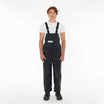
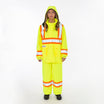
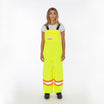
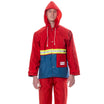



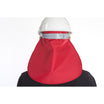
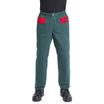
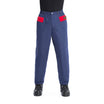
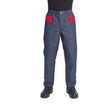
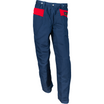




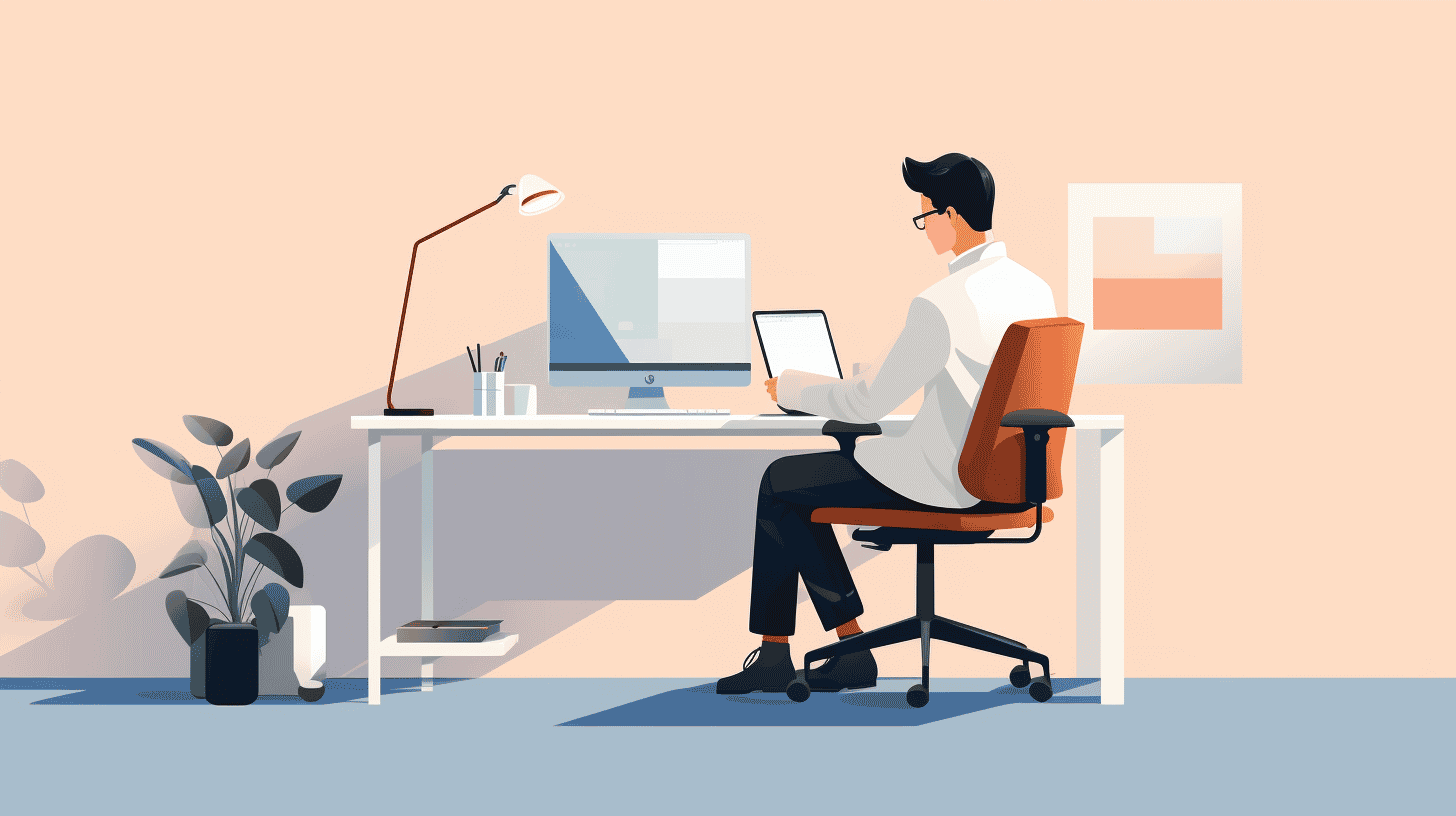
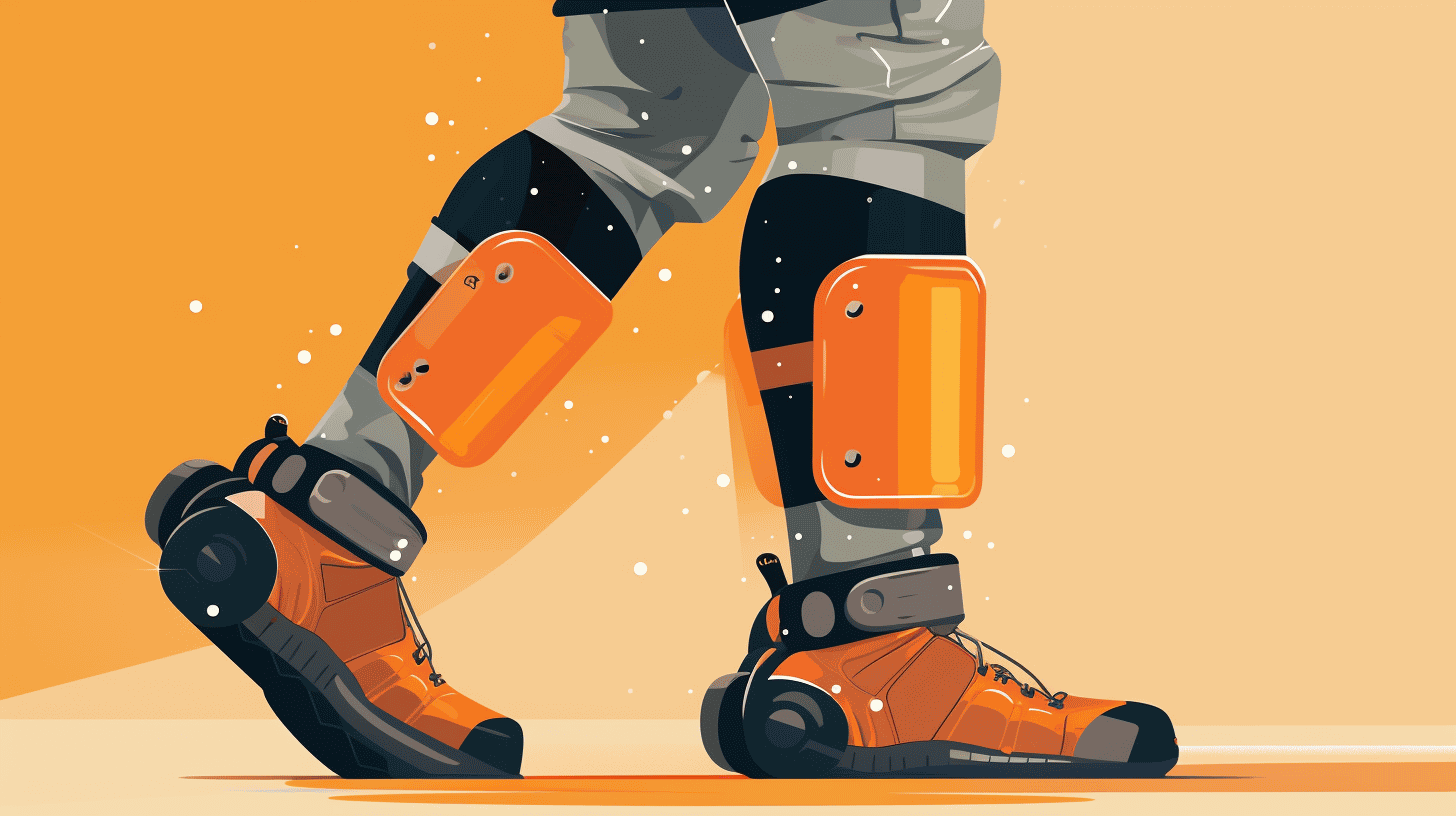

Leave a comment
This site is protected by hCaptcha and the hCaptcha Privacy Policy and Terms of Service apply.